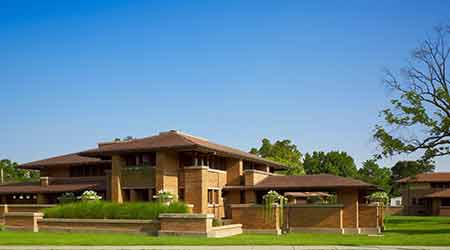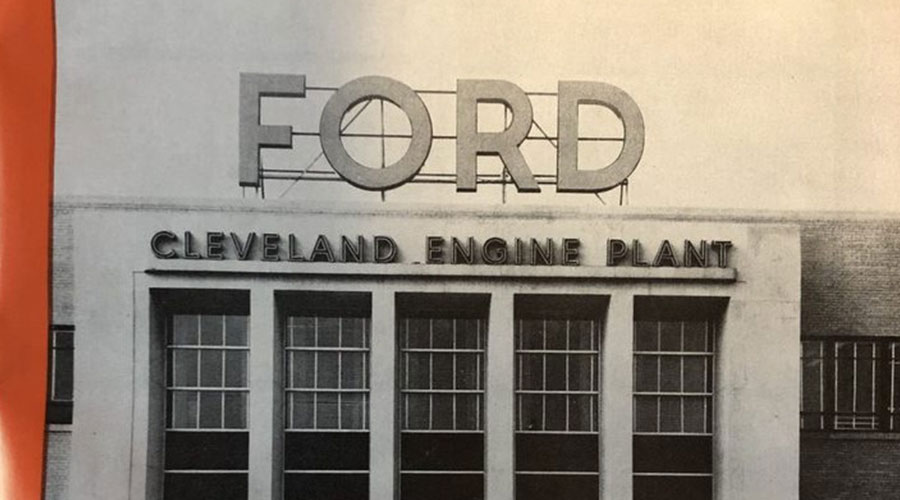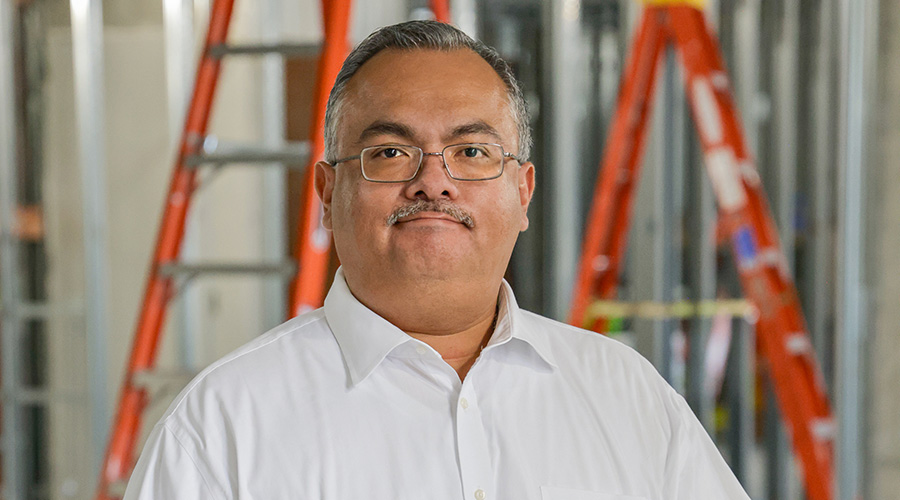 A comprehensive facilities management plan was created for Martin House in Buffalo, N.Y., following a $50 million restoration of the six-structure historic landmark, designed by Frank Lloyd Wright.
A comprehensive facilities management plan was created for Martin House in Buffalo, N.Y., following a $50 million restoration of the six-structure historic landmark, designed by Frank Lloyd Wright.Historic Preservation Success Story: Frank Lloyd Wright's Darwin Martin House
A restoration of the historic building included a comprehensive preventive care and routine and capital maintenance program to ensure the building is preserved long-term.
The Martin House Restoration Corporation’s board of directors was interested in a review of the current facility management program for their six-structure historic landmark, designed by world famous architect Frank Lloyd Wright (1903-05) for Buffalo industrial magnate Darwin D. Martin. With the inclusion of a state of the art visitor center and other non-historic structures, the organization manages 42,000 square feet of buildings. The board had determined that “just in time” reactive maintenance and management by contract would not ensure appropriate standards of care for the National Historic Landmark, following a $50 million restoration effort.
Mary Roberts, executive director of Martin House, had confidence in her part time maintenance staff and their capabilities, but knew that the expanse of buildings and systems required a comprehensive program of preventive care and routine and capital maintenance in line with museum standards. The organization’s strategic plan required that all building facilities be clean, safe, and operational in line with American Association of Museum standards, and that all collections (furnishings, art glass, landscape) remain at museum quality in line with best practices/standards on collections stewardship. As Roberts explains, “The value of the historic assets and the community’s investment in the Martin House and its restoration demanded a comprehensive program to safeguard and ensure the site’s long-term maintenance at the highest level of care.”
To achieve that goal, an overall facility assessment and benchmark cost analysis were performed by a professional facility management service provider. A computerized maintenance management system was designed and installed to handle reactive as well as preventive maintenance at the property. A comprehensive facility assessment report and a five year capital projects report were completed. The reports identified each building maintenance project — large, medium, and small — including an estimated cost, photo of the repair, and an order of priority for each project. A month-to-month financial pro-forma and operations and maintenance budget was prepared to track costs and develop a benchmark cost analysis. Over the next 12 months, all equipment on site was identified, photo IDed, and input into electronic database as a track-able asset. Staff was given access to the maintenance software system to reserve rooms for events using layout maps designed by the site manager to simplify setup and organization of each event.
The program is now used on a daily basis by site management, maintenance staff, and volunteers. It has helped the executive team to focus on long term facilities planning while knowing that an all-inclusive building maintenance plan is in place.
William D. Hibbard, PE, MBA, is the president of HUNT Property Solutions LLC, a property management and building maintenance services company, headquartered in Buffalo, N.Y. He was president of Engineered Facility Solutions when that firm developed the facilities management program for Martin House.
Email comments and questions to edward.sullivan@tradepress.com.
Related Topics:















